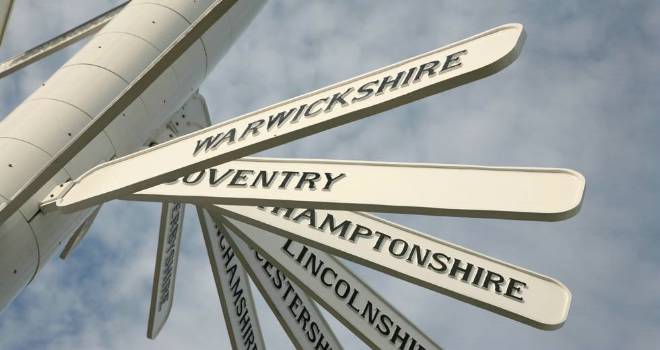
"The north of England, Wales and Scotland present a different picture entirely, with many places, such as Edinburgh, Peterborough and Birmingham, becoming more affordable"
However, homes in 54% of local authority areas – including Edinburgh, Birmingham, Peterborough, Leeds and Harrogate - are more affordable now than they were before the crash due to wages increasing at a higher rate than property values over this period.
Yorkshire Building Society analysed 10 years of ONS earnings data and Land Registry house price data for 32 London boroughs and 324 local authorities across England, Scotland and Wales to create calculations of average house price to earnings ratios.
At a national level, since September 2007 affordability has improved by 0.6% in Britain overall, by 18.9% in Scotland, 17.2% in Wales but has worsened by 3.3% in England.
Affordability has worsened most dramatically for London borrowers, where buying the average home is now less affordable in every borough than it was before the credit crunch, dropping on average by 39%. Council areas in the South East and the East of England have also seen a significant drop in affordability, with homes on average becoming 15% less affordable to buy.
The biggest improvements in affordability have come in the North East of England where affordability has increased by an average of 26%, followed by Scotland (20%), Wales (18%), the North West (16%), and Yorkshire and the Humber (14%).
Inverclyde, near Glasgow in Scotland, saw the country’s biggest increase in affordability, with homes now 42% more affordable than in 2007 and costing 3.67 times the average salary, followed by North Ayrshire, where homes are 37% more affordable 3.55 times the average wage.
Andrew McPhillips, Yorkshire Building Society Chief Economist, said: “Unsurprisingly, the data shows that there is a distinct divide between the north and south of the country when it comes to housing affordability, but this has become even more pronounced since the financial crash.
“Across London and large swathes of southern England, which were already some of the most unaffordable parts of the country, it has become increasingly difficult for first-time buyers and those wanting to move up the housing ladder to be able to buy their first or next home.
“However, the north of England, Wales and Scotland present a different picture entirely, with many places, such as Edinburgh, Peterborough and Birmingham, becoming more affordable than they were before the credit crunch.
“While some northern cities, such as Manchester, are less affordable than they were in 2007, in much of the north of England, Scotland and Wales, the gap between earnings and house prices is around a third of the average for London.”





